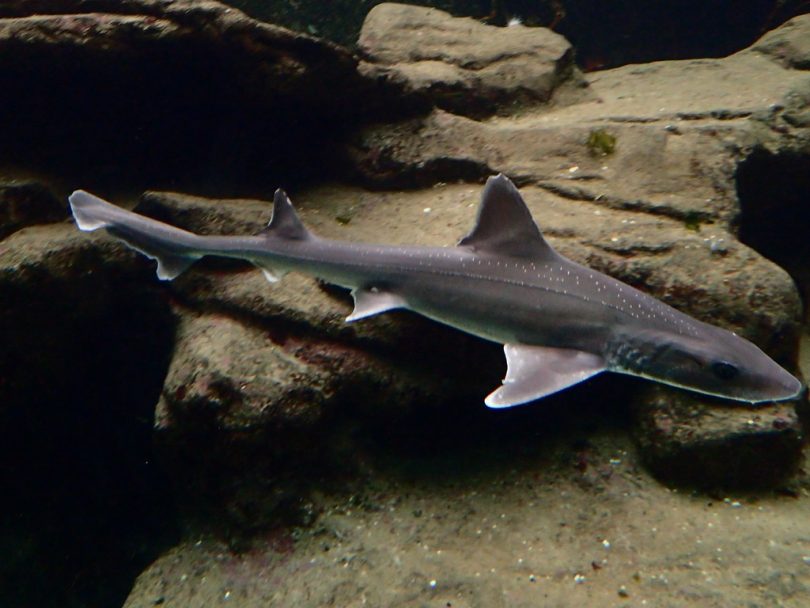You may not be familiar with Mud sharks, but you may have heard about the Spiny Dogfish shark.
A mud shark is the other name for a Spiny dogfish shark. The Mud sharks are also named Spurdog or Piked dogfish. The sharks bear sharp spines located on the front of their dorsal fins which is why they are called Spiny dogfish sharks. Let’s dive into the article to analyze more about the Mud sharks.
What Is The Geological Distribution Of Mud Sharks?
Mud sharks have wide range distribution, they prefer warm water of the temperate and Subarctic regions of the North Pacific and North Atlantic Oceans. Some species also thrive in the Baja California, British Columbia, Gulf of Alaska, Mediterranean as well as the Black Sea. The species are mostly spotted wandering at the depth of 160 to 490 feet or 149 meters, but some may also be seen much deeper at 2,300 feet or 700 meters. A temperature range of 6 to 11oC is ideal for them.
What Is The Physical Description Of Mud Sharks?
Mud sharks have a slender greyish body with a narrow or pointed snout, eyes are without nictitating membrane. The sharks have 2 dorsal fins with shiny spines located at the front of the fins, rounded pair of pectoral fins, asymmetrical caudal fins, and long pelvic fins. They have 5 pairs of gills slit which help them in breathing. Further, the sharks are 3 to 4 feet in length and 8 to 20 pounds in weight. The average life span of Mud sharks is about 30 to 60 years.
Which Type Of Behaviour Do Sharks Exhibit?
The Mud sharks are sociable fish that are found wandering in the extended ocean in a group of hundreds and thousands of sharks. Mostly the group comprises species of the same size and gender. The school of sharks exhibits offshore movements or North-South coastal movements.
What Feeding Habitat Do Sharks Adapt?
As Mud sharks are bottom dwellers, they eat diversified food items such as:
- Bony fishes
- Octopuses
- Crabs
- Small sharks
- Squids
- Egg cases
- Chimeras
What Reproductive Behaviour Do Mud Sharks Adapt?
The Mud sharks are ovoviviparous species. During the winter season, the sharks travel long distances to find their mate for mating. The fertilization of eggs takes place internally, afterwards, the female shark releases eggs which are protected by leathery eggshells. The gestation period lasts for about 22 to 24 months and the female gives birth to 20 to 30 pups. The male sharks reach maturity level at the age of 11 years whereas females mature at the age of 18 to 21 years.
Are Sharks Economically Important To Humans Or Not?
Yes! The sharks are economically important for their meat and oil. In Europe, the shark is the most popular seafood. Sharks are also preferred for laboratory experiments. However, if the sharks are caught in a group or pack then they become extremely dangerous.
Final Words
Mud sharks are commonly named Spiny dogfish sharks, which have small shiny spines located on the front of dorsal fins which is why they are named so. They roam in the open water in a pack and also attack the prey in a group which is why they can easily hunt their prey. The ovoviviparous species after the gestation period of 22 to 24 months give birth to 20 to 30 pups. Economically, these sharks are very important but are hazardous for humans when caught in a pack.







